Overrun Accident Traced to Pilot Fatigue, Other Factors
AV Web
MAY 14, 2025
A medical issue with one of the passengers occupied the flight crew for a significant time, preventing them from having an opportunity to obtain controlled rest on the flight deck during the flight, according to Transport Canada. Ceilings were reported as 600 feet above ground level with minimum visibility.

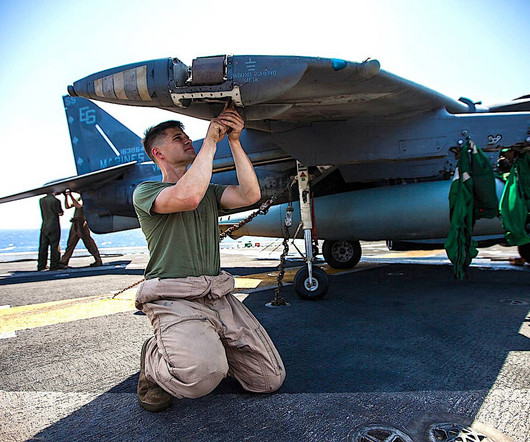
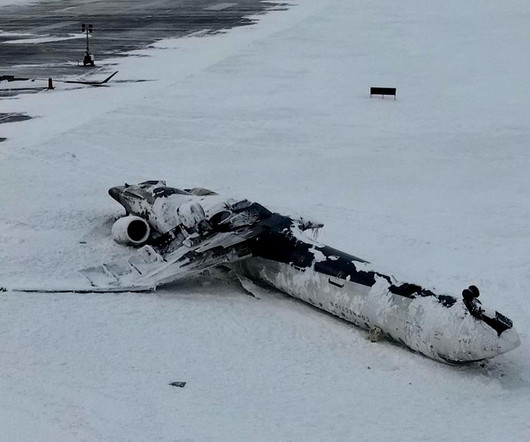
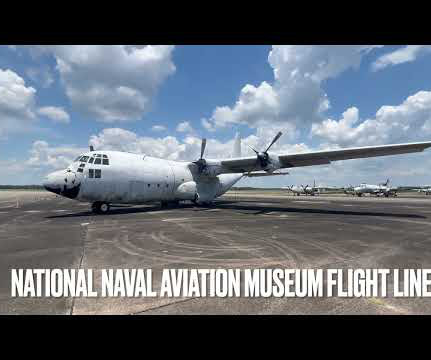

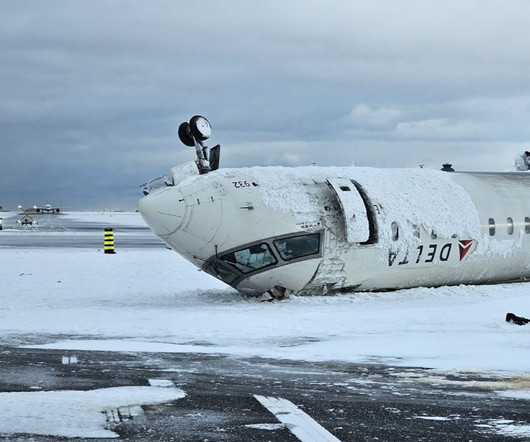
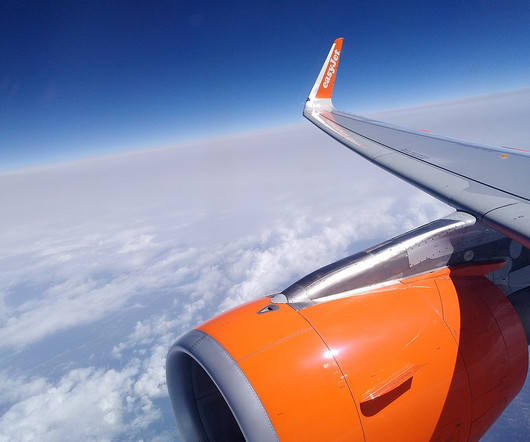
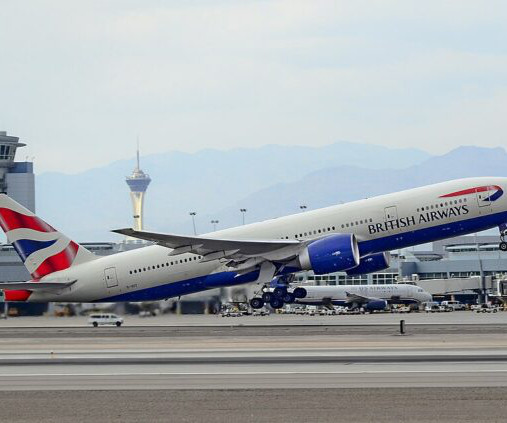
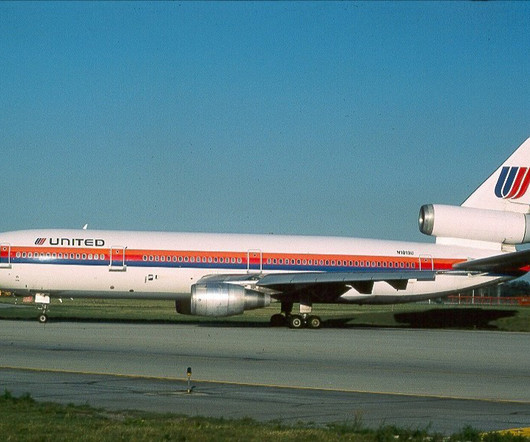
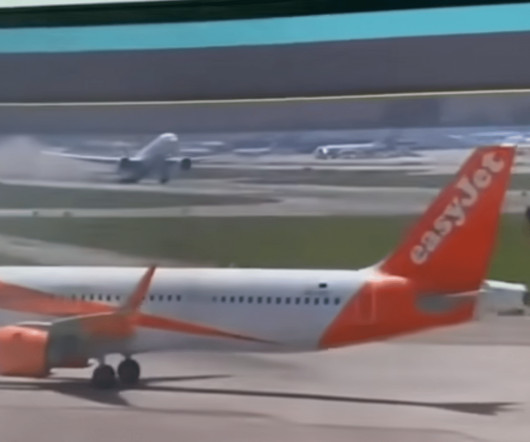
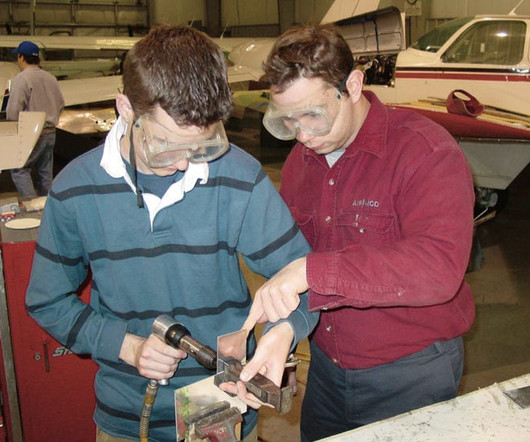
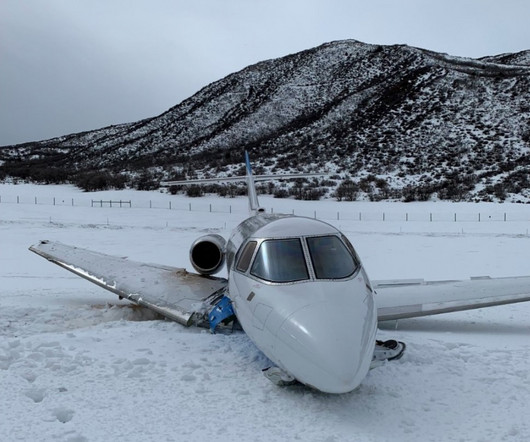







Let's personalize your content